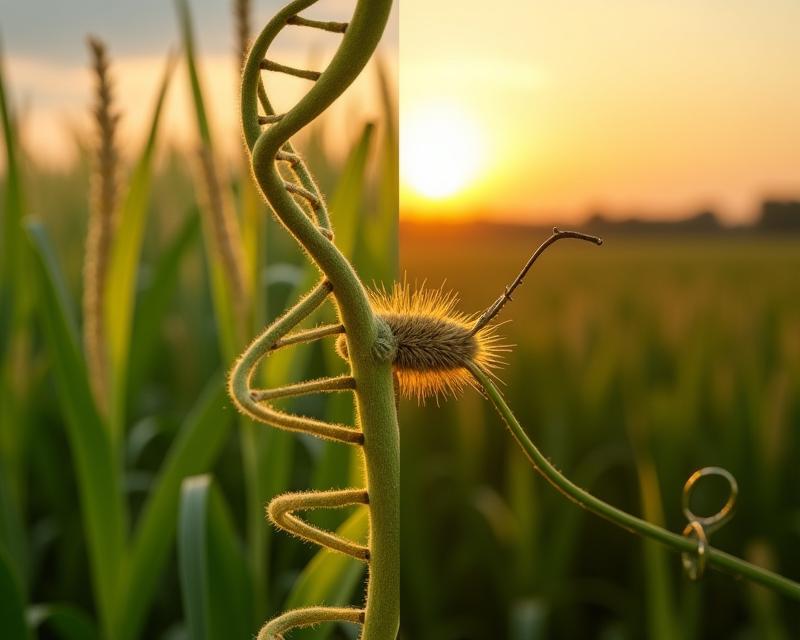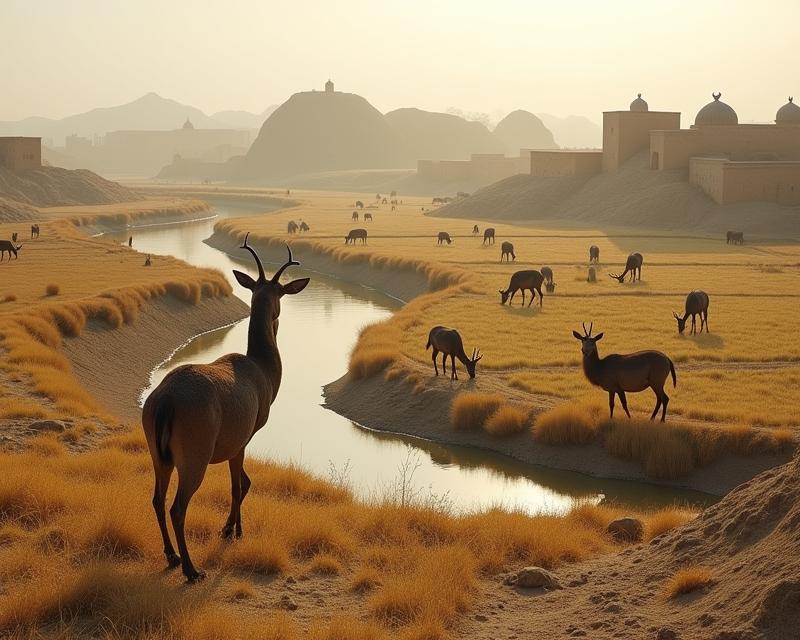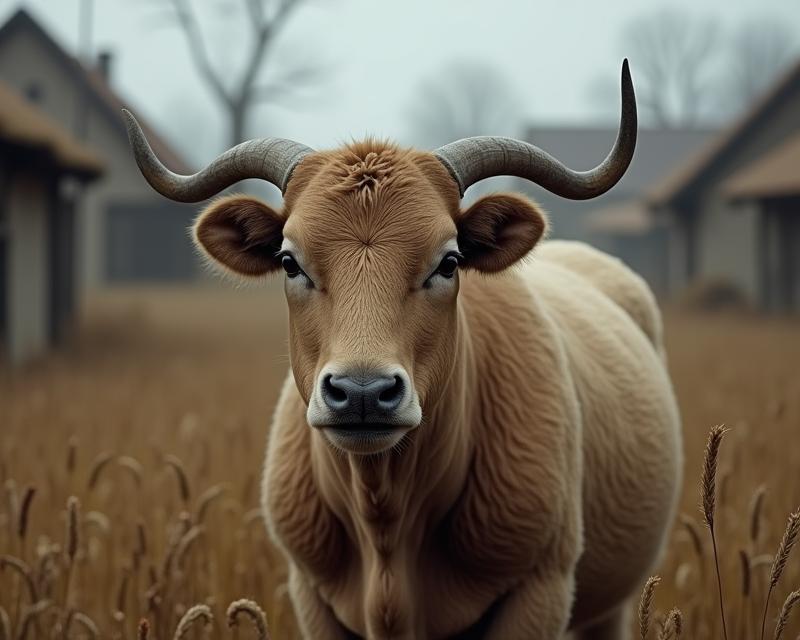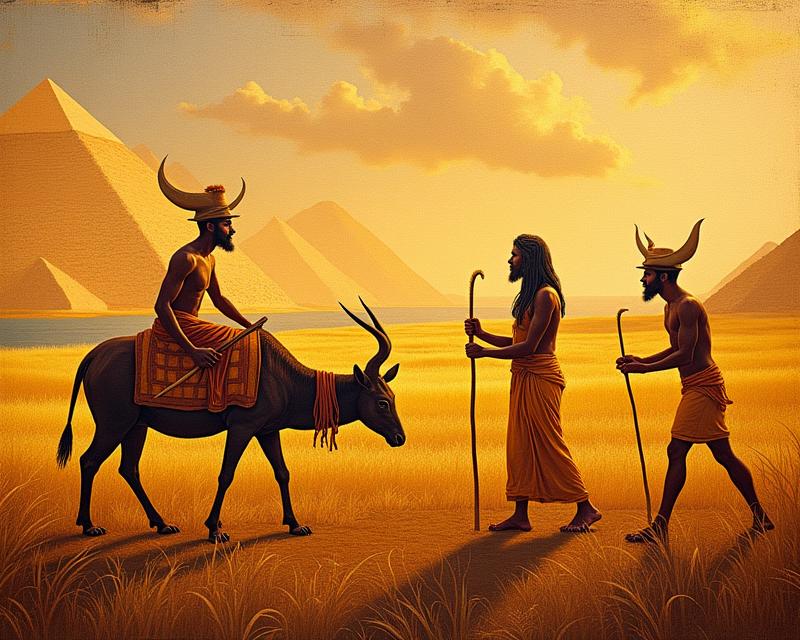CRISPR vs. GMOs: What Farmers Need to Know
Publish in Agriculture el 05/07/2025 02:23
CRISPR vs. GMOs: What Farmers Need to Know
Hey everyone! You've probably heard the terms CRISPR and GMOs thrown around, especially when it comes to food and farming. It can be confusing, so let's break down the differences in a way that's easy to understand. Both technologies aim to improve crops, but they work in fundamentally different ways.

Understanding Genetic Modification (GMOs)
GMOs, or genetically modified organisms, have been around for a while. Think of it like adding a new ingredient to a recipe. In traditional genetic modification, scientists insert a gene from one organism into another – for example, a gene from a bacterium into a corn plant to make it resistant to certain insects. This inserted gene can then produce a desired trait, like pest resistance or herbicide tolerance. It's a pretty direct approach, and the inserted DNA becomes a permanent part of the plant's genome.
Introducing CRISPR: Precision Gene Editing
Now, let's talk about CRISPR. CRISPR is like having a very precise pair of molecular scissors. It allows scientists to target and edit specific parts of a plant's DNA. Instead of inserting foreign genes, CRISPR can either disable a gene, correct a faulty gene, or even insert a new gene at a specific location. It's much more targeted than traditional GMO methods. Think of it as carefully editing a single word in a book, rather than adding an entire chapter.
Key Differences: What's the Real Difference?
The biggest difference lies in the precision and permanence of the changes. GMOs involve inserting foreign DNA, which becomes a permanent part of the plant's genetic makeup. CRISPR, on the other hand, can make more precise edits without necessarily adding foreign DNA. In many cases, the changes made with CRISPR are not permanent and can be reversed. This means CRISPR-edited crops might not be labeled as GMOs in some regions, depending on the regulations.
Why Does This Matter to You?
Ultimately, both GMOs and CRISPR aim to create crops that are more resilient, productive, and nutritious. Whether a crop is developed using GMO technology or CRISPR, the goal is the same: to improve our food supply. Understanding the differences helps you make informed decisions about the food you grow and consume. As technology advances, both methods will likely play a role in shaping the future of agriculture. Stay informed, ask questions, and keep learning!





